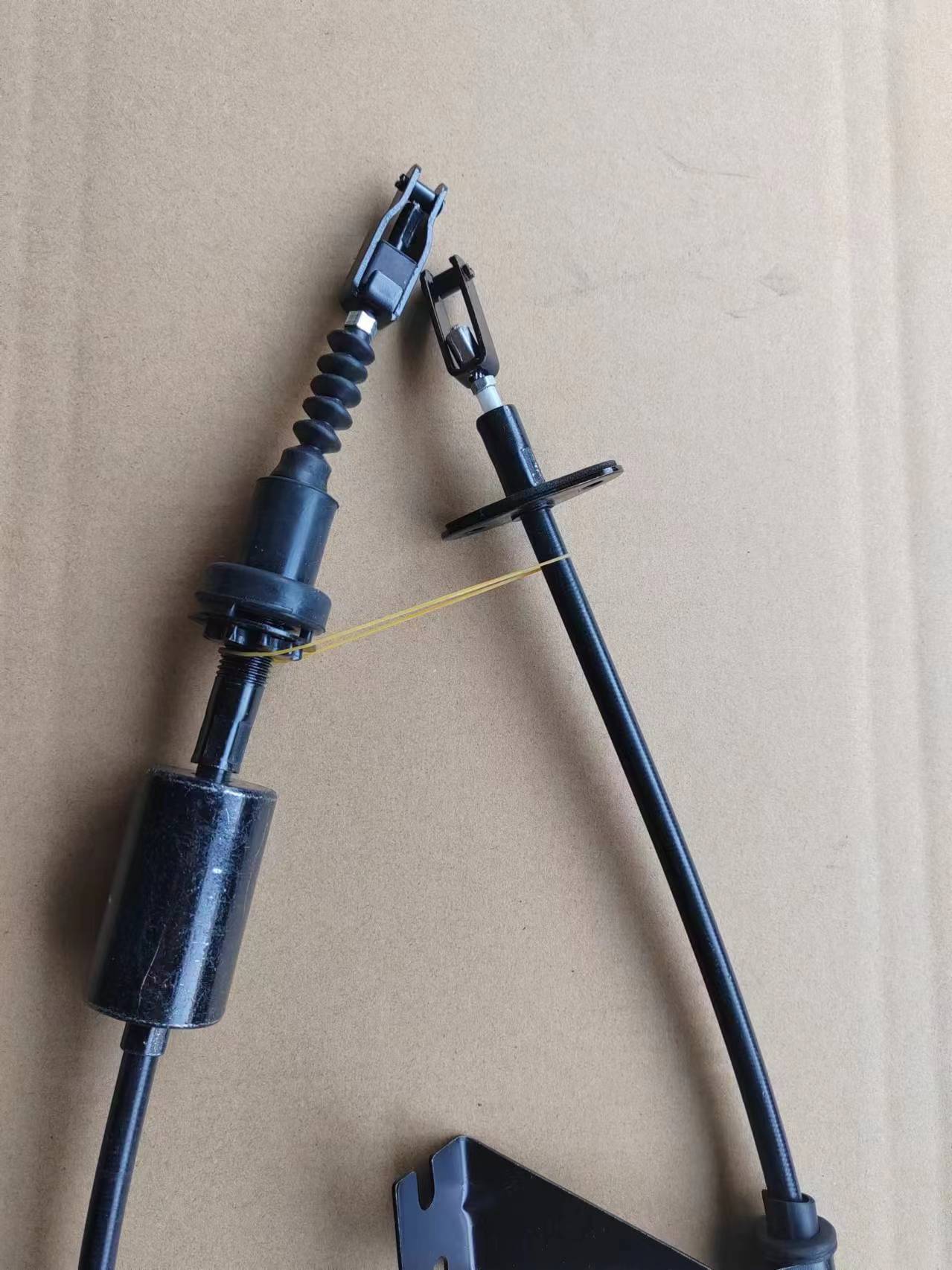throttle and clutch
Understanding Throttle and Clutch Key Components in Vehicle Control
In the world of automotive engineering, the terms “throttle” and “clutch” are frequently encountered, especially when discussing the mechanics of a vehicle's operation. Both elements play crucial roles in the control and performance of cars, particularly in manual transmission vehicles. This article aims to delve into the functions, differences, and practical implications of throttle and clutch usage.
What is the Throttle?
The throttle is a component that regulates the amount of air, and consequently the amount of fuel, that enters the engine. It directly impacts the engine's power output and the vehicle's speed. In vehicles equipped with internal combustion engines, the throttle is typically controlled by a pedal located on the floor of the driver’s side. When a driver presses the throttle pedal, the throttle opens further, allowing more air into the intake manifold and increasing the engine's power output.
Modern vehicles often employ electronic throttle control systems, which replace traditional cable systems with electronic sensors. This advancement allows for more precise control of engine power and can significantly improve fuel efficiency and responsiveness. In contrast, in older models, the throttle system is mechanically connected to the accelerator pedal, creating a more direct relationship between the driver’s input and the engine's response.
What is the Clutch?
The clutch is a crucial component in manual transmission vehicles that enables the driver to connect and disconnect the engine's power from the wheels. This allows for smooth gear changes without stalling the engine. Essentially, the clutch consists of a friction disc that engages with the flywheel attached to the engine. When the driver presses the clutch pedal, the friction disc disengages from the flywheel, interrupting the power flow from the engine to the drivetrain. This separation is necessary for changing gears, particularly during acceleration and deceleration.
A well-functioning clutch provides the driver with seamless control over gear shifts, allowing for smooth transitions and better vehicle handling. Poor clutch performance can lead to difficulties in shifting gears, resulting in jerky movements and potential damage to the transmission.
throttle and clutch

The Relationship Between Throttle and Clutch
While it may seem that the throttle and the clutch serve independent functions, they are intricately linked in the operation of a vehicle, particularly when driving a manual transmission. The effective use of both components is essential for optimal vehicle performance.
When starting from a complete stop, the driver must manipulate both the throttle and the clutch simultaneously. The driver engages the clutch to connect the engine to the wheels, while gently pressing the throttle to provide the necessary revs. The delicate balance between these two actions determines how smoothly the vehicle accelerates without stalling or jerking. A common mistake made by novice drivers is either pressing the throttle too aggressively or releasing the clutch too quickly, leading to a lack of control and potentially damaging the vehicle's components.
Practical Implications of Throttle and Clutch Usage
Mastering the use of throttle and clutch is fundamental for those who wish to drive manual transmission vehicles. Properly coordinating the two allows drivers to achieve a smoother and more enjoyable driving experience. Understanding how to engage the throttle while operating the clutch leads to better acceleration, improved fuel efficiency, and enhanced vehicle longevity.
Moreover, proficient use of the throttle and clutch extends beyond regular driving scenarios. It is especially critical during performance driving, hill starts, and navigating challenging terrains. For instance, when driving uphill, managing the throttle and clutch effectively can prevent rollback, allowing the driver to maintain control.
Conclusion
In summary, the throttle and clutch are indispensable components in the realm of vehicle operation, particularly within manual transmissions. While they serve different purposes, their effective integration is crucial for optimal performance. Drivers must develop a nuanced understanding of how to coordinate these controls, leading to improved driving skills and a more enjoyable experience on the road. Whether you are a novice driver learning the ropes or a seasoned pro refining your skills, mastering throttle and clutch usage is essential for navigating the complexities of vehicle control.
-
Upgrade Your Control with Premium Throttle CablesNewsAug.08,2025
-
Stay in Control with Premium Hand Brake CablesNewsAug.08,2025
-
Experience Unmatched Performance with Our Clutch HosesNewsAug.08,2025
-
Ensure Safety and Reliability with Premium Handbrake CablesNewsAug.08,2025
-
Enhance Your Vehicle with High-Performance Clutch LinesNewsAug.08,2025
-
Elevate Your Ride with Premium Gear CablesNewsAug.08,2025
